Nina Powles looks into the children’s book scene in China, finding an industry that is still ‘young and is currently experiencing rapid growth’.
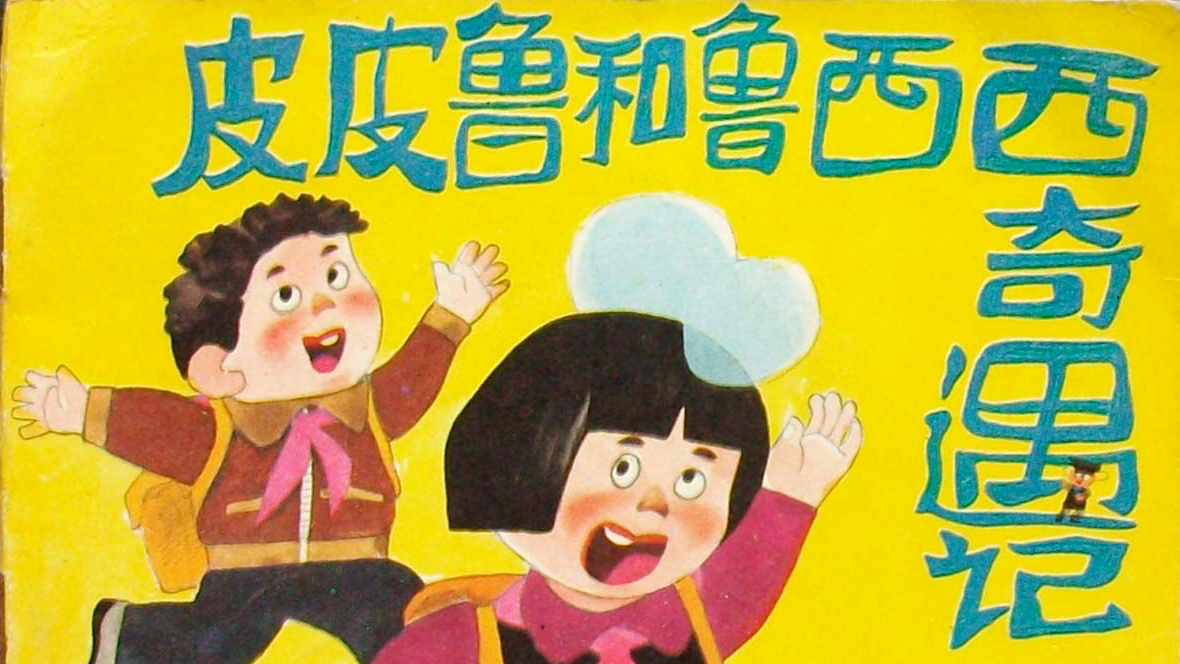
Pippi Lu & Lu Xixi (皮皮鲁与鲁西西), by Yuanjie Zheng
Children’s books in China made international headlines recently, when news broke in March that the Chinese Government is introducing new restrictions on the number of foreign picture books for children published in China. The New York Times labelled the crackdown part of an ‘ideological crusade’ to remove Western values from Chinese classrooms, prompting Chinese state media to respond with a column stating that the new restrictions are not ideological but cultural and economical, intending to restore Chinese cultural values and help boost the local children’s book publishing market.
Translations of children’s books from outside China, especially Japan, Europe and the United States, normally dominate bestseller lists in China. According to Publisher’s Weekly, as of bestseller lists published in March 2017, several foreign picture books sold as many as 15 million more copies than the bestselling local ones.
The children’s book market in China is still young and is currently experiencing rapid growth. With the rise of a younger, well-educated and globally-minded middle class, a new market has emerged in the last decade for children’s books of all kinds – as well as young adult fiction, a brand new genre in China.
This sudden growth can be partly explained by foreign influence. The after-effects of Pottermania in China can be felt in the recent success of fantasy series such as Charlie IX & Didomo (查理九世) by Leiou Huanxing. Last summer, I joined a small crowd of young people at Shanghai’s Foreign Language Bookstore to queue for a copy of Harry Potter and the Cursed Child. I’d done the same exact thing ten years ago—when I was fourteen and living in Shanghai with my parents, I waited outside one of Shanghai’s only international bookstores for my pre-ordered copy of Harry Potter and the Deathly Hallows, released on the same day in China as everywhere else in the world.
Although it’s been months since translations of Western children’s books started disappearing from Taobao, China’s number-one online retailer, they haven’t yet fallen in popularity. According to bestseller lists posted on the website Sina Weibo, China’s version of Facebook and Twitter combined, in May 2017 none of the top ten bestselling titles in either the 0–6 or 7–14 age range categories were written by Chinese authors. American, Canadian and European authors dominate the list.
When I ask my Chinese friends for the names of some classic children’s picture books, like the equivalent of Dr. Seuss or Where the Wild Things Are, they explain it’s not quite the same. They mainly grew up with books based on fables from Chinese folklore, stories their parents likely also heard when they were young, with names like ‘The Little Tadpole Finds its Mother’, ‘The Pony Crosses the River’, ‘The Fox and the Tiger’, ‘The Lucky Ox’ and ‘The Magic Paintbrush’, in which a boy finds a magic paintbrush that makes his drawings come alive.
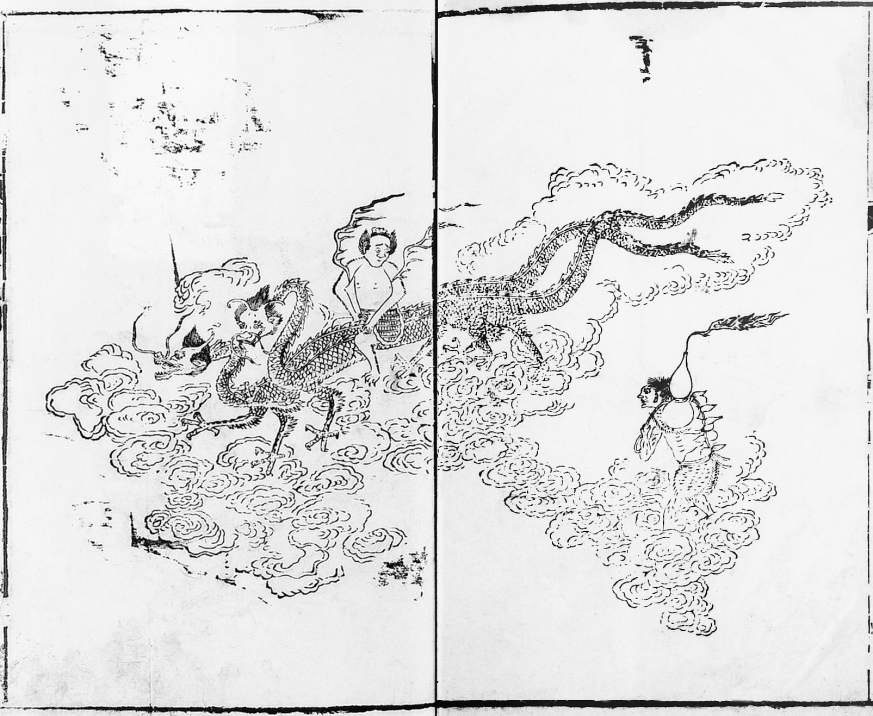
Almost every Chinese child and adult also of course knows the famous legend of Monkey King, originally a 16th-century novel called Journey to the West (西游记), which has since been adapted into countless picture books, graphic novels, operas, movies and TV shows. My favourite well-known fairytale is ‘Nüwa Mends the Heavens’ (女娲补天) in which a battle between a sea monster and the god of fire knocks the earth off its axis and rips the sky apart. The goddess Nüwa, creator of mankind, collects five coloured stones from the riverbed and melts them to stitch the heavens back together, then kills a giant tortoise to use the legs as pillars to hold up the sky.
But with the recent proliferation of Chinese children’s books, some contemporary stories may soon match the popularity of the ancient zodiac myths. Well-known children’s author and professor of literature Wenxuan Cao last year became the first Chinese author to win the prestigious Hans Christian Andersen Award for Children’s Literature. His most famous book, Bronze and Sunflower (青铜葵花) is about a city girl named Sunflower who is forced to flee to the countryside with her father during the Cultural Revolution. There she meets Bronze, a boy who never speaks, whose family takes her in when she finds herself without a home. First published in China in 2005 and translated into English in 2015, Bronze and Sunflower continues a popular genre of children’s books set during or soon after the Cultural Revolution. Another famous series Pippi Lu & Lu Xixi (皮皮鲁与鲁西西) by Yuanjie Zheng (published between 1985-89) about the countryside adventures of a twin brother and sister can be seen as a forerunner of the serialised children’s stories that are popular in China today.
Although the government’s restrictions on the publication of foreign translations are being enforced online, they have yet to take hold in Shanghai’s giant bookstores where picture books from France, the United States, Japan, Canada and the UK are all on display.
At the enormous seven-storey Shanghai Book City on Fuzhou Lu, Shanghai’s famous bookshop street, the shop assistant leads me towards the books of traditional Chinese folk tales when I ask her where the picture books by Chinese authors are. They look more like textbooks than the sort of books you’d read for fun, with cartoonish illustrations in dull colours. As I wander around the shelves, a few more modern, colourful books catch my eye.
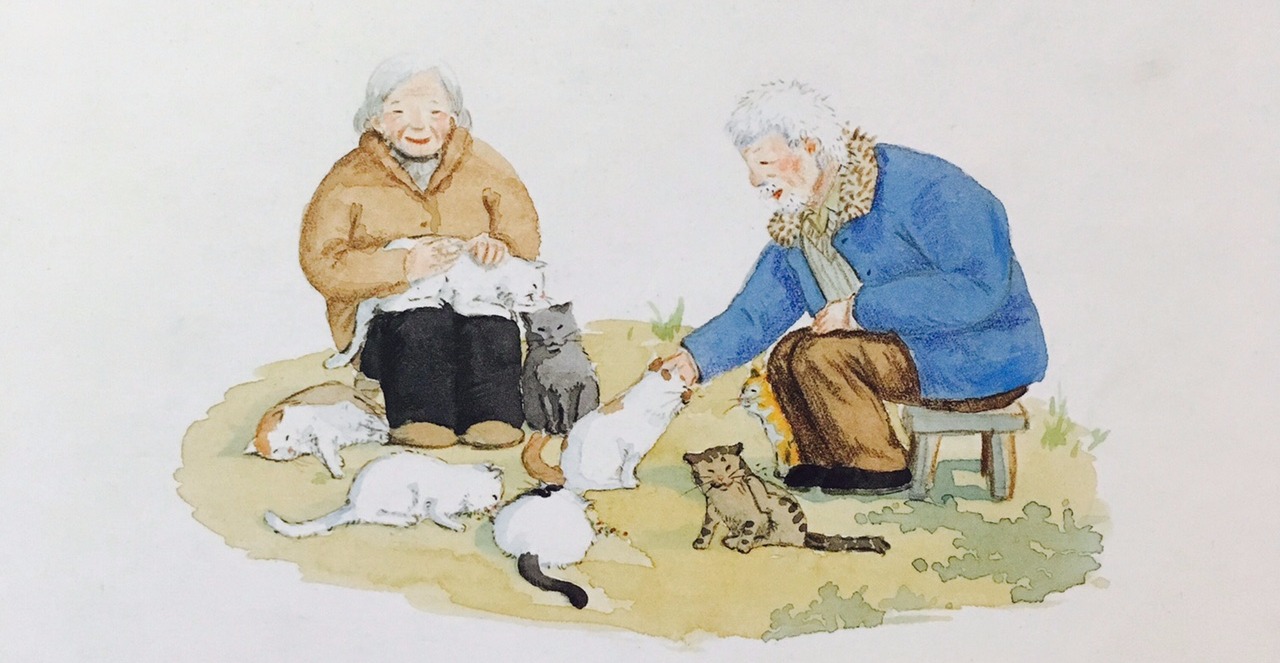
Candied Fruit For Sale (冰糖葫芦, 谁买, 21st Century Publishing House, 2012; above) written by Dongni Bao and illustrated by Di Wu tells the story of a candied fruit seller who roams Beijing’s historic district befriending all the stray cats who live among the ancient alleyways. The illustrations are gorgeous and delicate, full of hidden details—tiny paw prints in the snow, the shadows of bare trees.
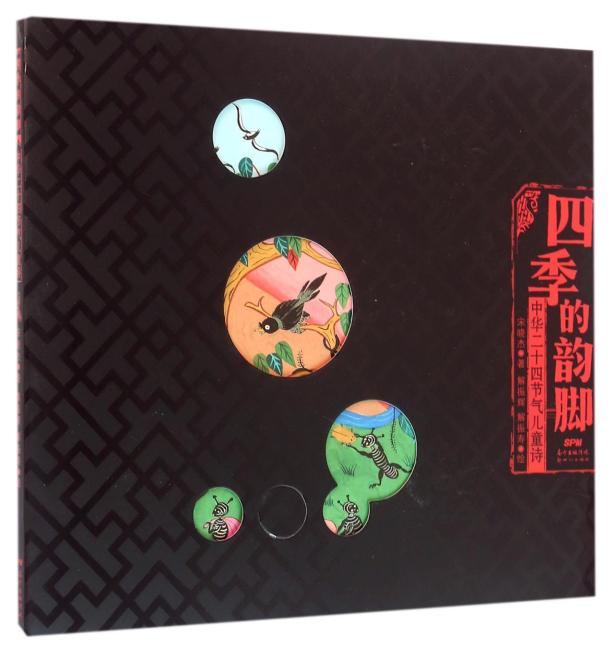
Rhymes of the Seasons (四季的韵脚: 中华二十四节气儿童诗, New Century Publishing House, 2016; above) is by the female poet and children’s book author Xiaojie Song, winner of the 2011 Chinese Youth Poetry Award. The colourful book features a simple poem for each of the twenty-four ‘solar terms’ (节气) in the traditional Chinese lunar calendar, each one its own mini-season. The book’s concept draws from traditional Chinese culture but does so with modern, sketchy illustrations in bright colours.
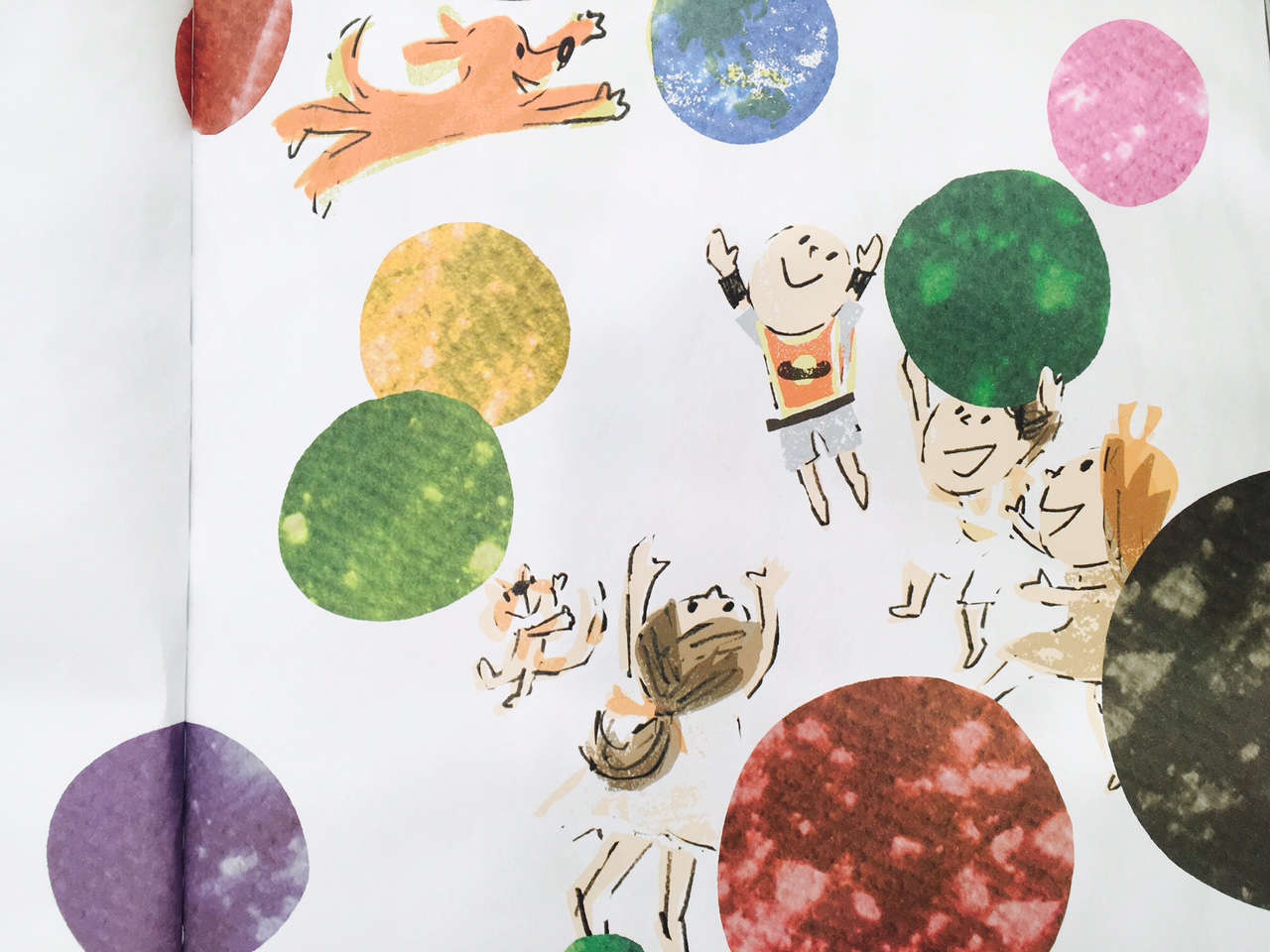
The Universe is Missing a Tooth (宇宙掉了一颗牙, Beijing United Publishing House, 2016; above) by Yichen Guo is the strangest and most creative picture book I could find, filled with abstract, textured illustrations using a mix of watercolours and collage, reminiscent of Eric Carle. The story follows a seven-year-old boy as he discovers the wonders of the universe by asking his father questions every night. The few lines of text on each page go beyond pure narrative into something resembling poetry. The story ends with this: ‘All life comes from the sea. All life is a memory. All memories are blue.’
It’s easy to find Chinese translations of all the modern classics, including Shel Silverstein’s The Giving Tree and Falling Up, an entire shelf of Madeline books, as well as Goodnight Moon and Where the Wild Things Are. These are the kinds of titles that seem to be most popular with Chinese children and their parents who select books for them, perhaps especially in Shanghai, China’s most international city. But with the emergence of many more contemporary, nuanced children’s stories that go beyond the traditional fairytales and folktales, Chinese children’s book publishing is slowly catching up.
Nina Powles
Nina Powles is a writer from Wellington. She holds an MA in Creative Writing from Victoria University and was the 2015 winner of the Biggs Family Prize for Poetry. Her work has recently appeared in Mimicry, Scum and Shabby Doll Houseas well as several self-published poetry zines. Her debut poetry book, Luminescent, was published in August 2017. She is half Malaysian-Chinese and currently lives in China.
Blog: dumplingqueen.weebly.com
Website: ninapowles.weebly.com



